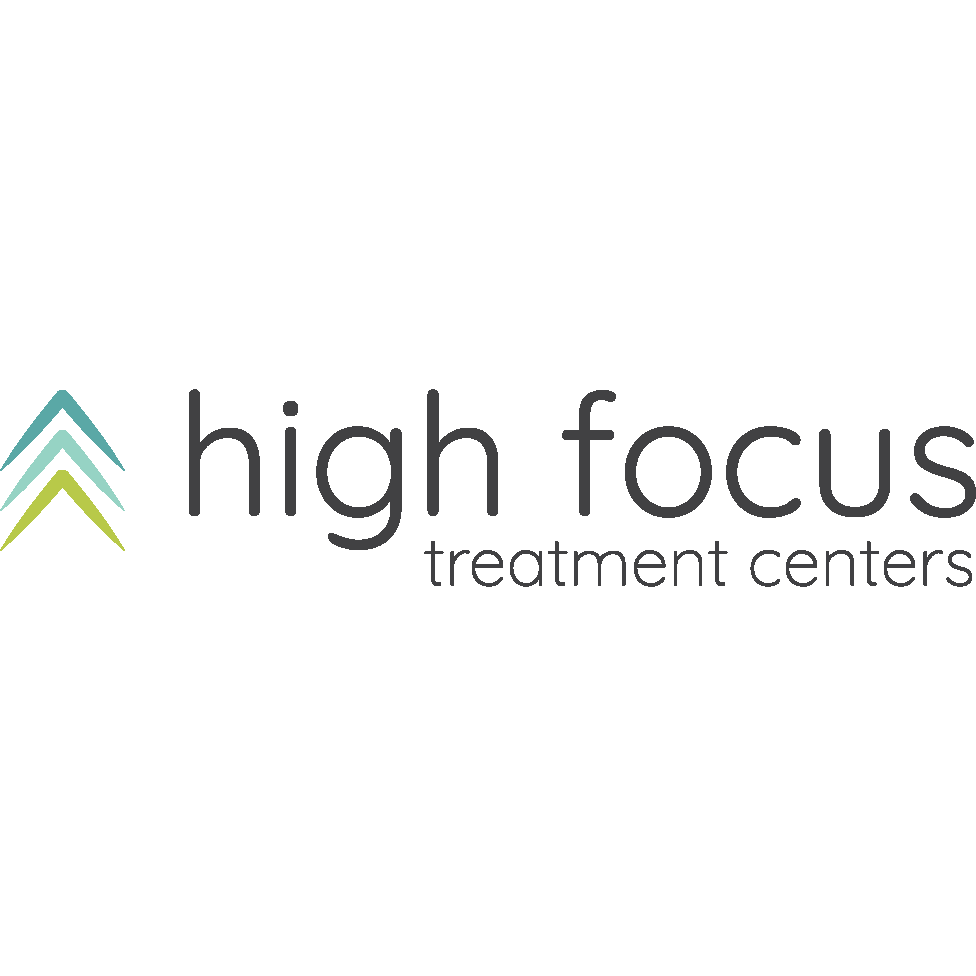
Sometimes attention-deficit hyperactivity disorder (ADHD) and attention deficit disorder (ADD) are used interchangeably in a modern speech to describe an individual that is easily distracted and not always known to finish tasks. And while these are elements of the two, they are far from entailing the entirety of these mental health conditions.
Nor are they the same. While a diagnosis of ADD includes poor working memory, inattention and distractedness, ADHD takes these symptoms one step further with additional tendencies of hyperactivity and impulsivity.
What Is ADHD?
ADHD is actually an umbrella term for a neurological and psychological disorder that impacts one’s attention span and causes hyperactivity and impulsivity. There is no clear answer for what causes ADHD, but research shows that ADHD does have a genetic component, as children born to parents with ADHD are 50 percent more susceptible to developing the disorder themselves.
There are different types of ADHD depending on which tendencies the individual shows, including:
- Predominantly inattentive – More common in females than in males, the predominantly inattentive type is actually the same as a diagnosis of ADD, a subtype of ADHD itself with symptoms showing more signs of inattention
- Predominantly hyperactive/impulsive – More common in males, with symptoms more often categorized as impulsive or hyperactive actions
- A combination of both – Where symptoms of the two are equally present
It is more common for children (anywhere between the ages of 3 and 12) to display signs of ADHD, as they have yet to learn methods of self-control and awareness in regards to ADHD, but untreated ADHD can continue through teenage years into adulthood. Symptoms may range anywhere from mild to moderate to severe at any stage in life.
Symptoms of ADHD
Depending on the diagnosis of the type of ADHD, certain symptoms may be more present than others. Additionally, symptoms of ADHD in teens will manifest differently than in very young children or older adults. Generally speaking, though, common symptoms include:
- Difficulty finishing a task or following instructions, especially those requiring a lot of mental focus or energy
- Not being good at planning or organization, and often losing/misplacing items needed to complete certain tasks
- Interrupting conversations, blurting out answers/ideas or talking constantly/more than necessary;
- Making careless mistakes or not paying attention to detail
- Forgetting to do daily tasks or chores
- Difficulty waiting for one’s turn
- Constantly moving, whether tapping a pencil, shaking one’s foot while seated or running/climbing around when inappropriate to do so (most often seen in children)
- Seemingly not listening or paying attention, even when spoken to directly
Those with hyperactivity/impulsivity are more likely to show more activity-based symptoms (like interrupting or moving constantly), whereas symptoms like forgetfulness might be more present in someone who struggles with inattention.
While the signs of ADHD might become apparent to a child or teen’s parents, it’s important to seek out a formal diagnosis of ADHD from a mental health professional who can then guide you toward the proper treatment methods for managing ADHD in a way that best benefits your children, or even yourself.
Understanding how to manage ADHD
Those who struggle with ADHD have a hard time managing their sense of time, including hindsight and thinking toward the future, which is why they may fail to consider the consequences of their actions or learn from past behaviors. A lack of sense of time also impedes their ability to plan.
Oftentimes, these individuals are stereotyped as unmotivated or careless, but this is far from the truth. Their brains are just wired differently. Looking at ADHD not just as an attention disorder, but one of executive functioning and self-regulation can allow us to better and more deeply understand their struggles and help us set them up for success.
When treatment is sought for ADHD, your therapist is likely to offer personalized treatment plans that include strategies for effectively coping with ADHD, such as:
- Finding a substitute for working memory by using external stimuli such as sticky notes, checklists or any type of visual or verbal reminder
- Increase problem-solving skills by using tangible and visual tools (like a number line or flashcards to help with a child’s homework)
- Incorporating timers and calendars to help enforce a sense of time and break large projects into smaller ones, as well as make deadlines seem more concrete by writing them down in ink
- Make sure the learning or work environment is stimulating so that distractions don’t have as much of a pull and can be more easily ignored
- Setting expectations or goals for yourself or your child/teen so that there is something tangible to work towards and not just a looming assignment to complete at some point
Additionally, take time to reflect for yourself or your child on the ways in which you can best set yourself/them up for success. Reflect on the environment where productivity is highest and foster it.
Treatment options for ADHD
Sometimes it may feel like overcoming ADHD on your own is not feasible, no matter what strategies and routines you put into place. It may be beneficial to consider treating ADHD with the help of a therapist who not only knows how to diagnose ADHD but can guide you towards the proper skills and coping mechanisms known to effectively treat ADHD.
To get in touch with a counselor today, contact The Light Program. Call our offices at 610-644-6464 anytime to learn more and begin your journey toward mental peace and freedom.





